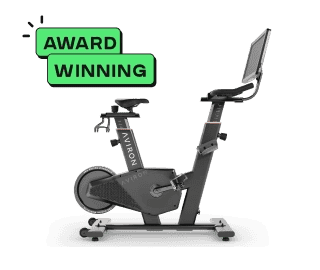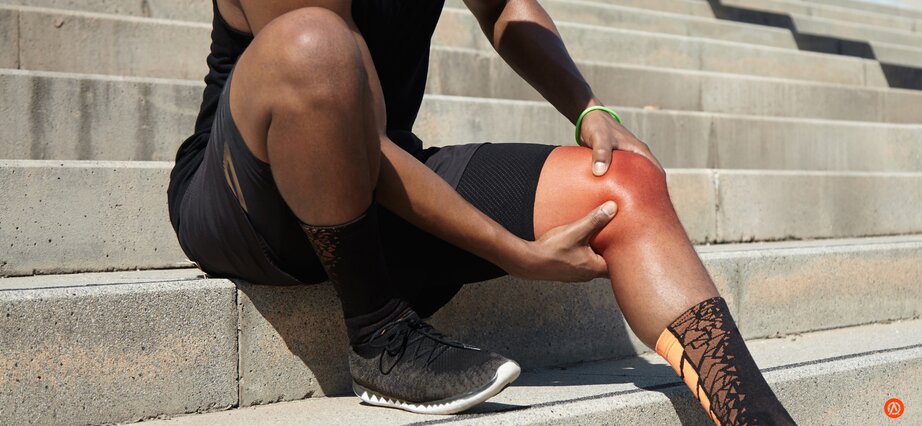What are the most common rowing machine injuries, and how do they occur?
The most common rowing machine injuries include lower back injuries, knee injuries and joint injuries. Lower back injuries often result from incorrect form, such as rounding the lower back or hunching shoulders, which puts undue strain on the lumbar spine muscles. Knee injuries can occur due to over-compressing the legs, locking out the knees, or improper foot position, leading to patellofemoral pain or iliotibial (IT) band friction. Joint injuries, involving the shoulder, hip, elbow, or wrist, are typically the result of repetitive motion leading to inflammation such as tendonitis or bursitis.
How can I prevent lower back injuries while using a rowing machine?
To prevent lower back injuries, maintain good rowing posture by keeping your entire spine straight, avoid leaning too far back during the finish to prevent straining your lower back, and change the intensity or duration of your workout to reduce the risk of lower back flexion due to fatigue. Learning proper rowing technique and posture through coached programs can also significantly reduce the risk of injury.
What steps can I take to avoid knee and joint injuries during rowing workouts?
To avoid knee injuries, ensure your knees are over your ankles during the catch phase to avoid over-compressing your legs, avoid locking out your knees during the drive or finish, and adjust your foot position to prevent putting excessive pressure on the outside of your knees. For joint injuries, incorporate rest and ice to reduce inflammation, engage in cross-training with strength and mobility exercises to build muscle power and improve flexibility, and ensure a proper warm-up and cool-down routine to protect your joints from sudden stress.



